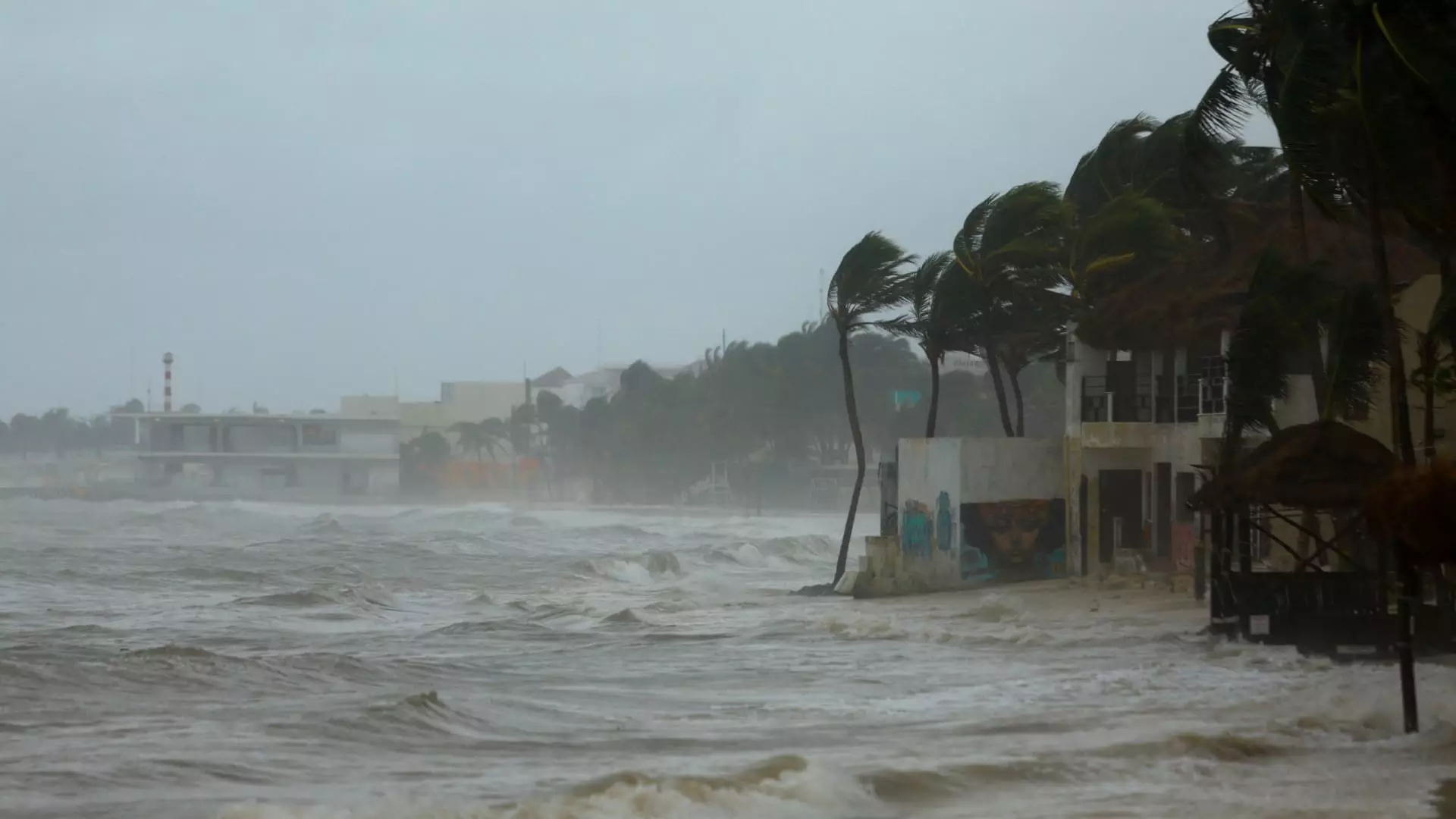As Hurricane Beryl made its way through the Gulf of Mexico and towards the south Texas coast, it left behind a trail of destruction. Starting as a Category 2 hurricane in Tulum, Mexico, the storm toppled trees and caused havoc in the area. Thankfully, there were no reported injuries or deaths in Mexico due to the storm. However, the situation was different in the Caribbean islands, where Beryl caused at least 11 deaths, leaving a path of destruction in Jamaica, St. Vincent and the Grenadines, and Barbados.
Moving across the peninsula, Beryl weakened into a tropical storm but was expected to regain hurricane strength as it entered the warm waters of the Gulf. Texas officials issued disaster declarations and urged coastal residents to prepare for the incoming storm. There were uncertainties regarding the exact path of the hurricane, with forecasters warning that Beryl could regain wind speeds of up to 90 mph (150 kph) before hitting Texas. As a precautionary measure, some Texas counties had already issued voluntary evacuation orders in low-lying areas.
In Corpus Christi, city officials took swift action by distributing 10,000 sandbags in less than two hours, indicating the seriousness of the impending storm. Texas Lt. Gov. Dan Patrick issued a pre-emptive disaster declaration for 40 counties, allowing state and local authorities to begin planning and contracting for response. Oil companies along the coast also started moving employees off rigs that could be in the storm’s path to ensure safety.
Impact on Residents and Infrastructure
The aftermath of Hurricane Beryl left many residents in Mexico and the Caribbean islands without power and shelter. Tens of thousands of people were affected by the storm, with reports of damages and destruction in its wake. In Tulum, Mexico, power outages plunged the city into darkness as the storm hit. The army stepped in to clear fallen trees and power lines, while residents started the process of cleaning up the streets.
Recovery Efforts and Future Precautions
As the affected areas started to recover from the impact of Hurricane Beryl, efforts were being made to provide relief to those in need. Government agencies worked tirelessly to restore power and essential services to the affected regions. Jamaican Prime Minister Andrew Holness assured swift relief for residents affected by the hurricane, promising to provide support and assistance to those in distress. With the memory of Beryl’s devastation fresh in their minds, residents and authorities alike were gearing up for future storms and reinforcing their preparedness efforts.
Hurricane Beryl left a lasting impact on Mexico, Texas, and the Caribbean islands, underscoring the importance of disaster preparedness and response. As communities work towards recovery and rebuilding, the need for resilience and proactive measures against natural disasters becomes increasingly apparent. By learning from past experiences and coming together in times of crisis, we can overcome the challenges posed by such catastrophic events and emerge stronger than before.


Leave a Reply